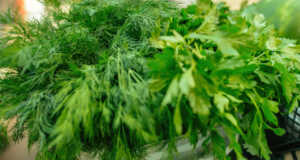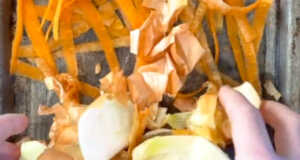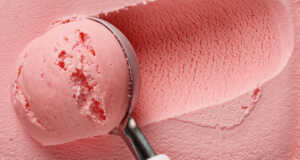I’m originally from Southern California. It’s not exactly the lushest place in terms of rainfall, and in the last couple of years, it has been going through a pretty bad drought. I remember one of the years before I moved to Ireland, they actually rationed water so a lot of lawns ended up going brown and dying. I remember my father was heartbroken as his lawn is his pride and joy.
But there is some good news on the horizon for those that want a beautifully green lawn. And it may not be grass at all – that’s the shocking bit.
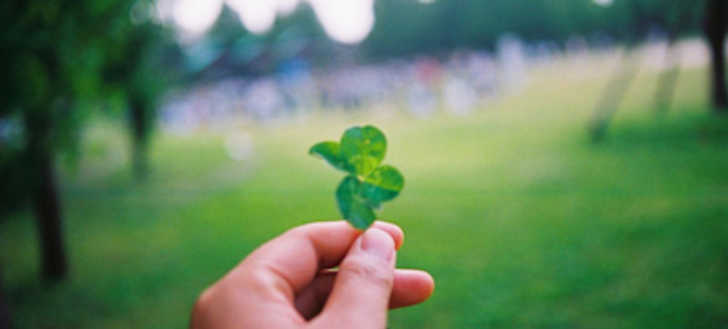
While having a beautiful lawn that is healthy and the envy of the neighborhood, it’s also important to keep in mind that lawn maintenance is a $25 billion industry. While we Americans certainly appreciate our green grass, keeping up the lawn can be notoriously high maintenance when you factor in all the watering needed, plus regular fertilization, edging, trimming, and mowing.
But there is a new trend emerging that is gaining a lot of attention from homeowners since it costs about the fraction of the cost of maintaining a lawn. With so much raised awareness over water consumption, there are many new city ordinances springing up regarding water usage and worries over fertilizer runoff into rivers and water systems, that many homeowners are now turning to alternative solutions.
Enter CloverLawn.org, a website that is dedicated to helping you make a transition over to clover for your lawn instead of grass. Before you get put off by the idea, just know that you probably already have some clover growing in your front lawn. According to the website, “For lawns, the most popular is Dutch White Clover (Trifolium repens) because it is relatively low growing, tolerates close mowing, and out-competes for other foreign weeds.”

So while you may think that clover for your lawn is a bit out there of an idea – it’s actually not. And it’s not grass either. Clover comes from the legume family, therefore it’s not grass. According to Farmer’s Almanac, “clover has the ability to convert nitrogen into fertilizer using bacteria in its root system, practically eliminating the need for additional fertilization.”
And there are plenty of benefits to having clover for a lawn instead of grass.
For example, water consumption. Clover needs very little water to survive, therefore it’s considered drought-resistant and has been known to stay green even in very high temperatures. That’s a big difference to grass, which needs 1/2′ to 1″ of water every week during the peak growing season.
Clover also doesn’t require much prep time to grow where it’s planted. When planting grass, you typically need to fully prep and flatten the area in order for the seeds to grow. Clover you basically just take a “dip” in the dirt’s surface, dump, and watch it grow.
There is no need for fertilizer. Most grass lawns will reap plenty of benefits from getting fertilized. Clover makes its own nitrogen, therefore there is no need for added supplemental fertilization.
Absolutely no mowing required! During the peak growing season for grass, a lawn should be mowed at least once a week, which creates a lot of clippings waste, not to mention uses gasoline. Clover will grow to be 4″ high and sprouts little white flowers when it hasn’t been cut. Sounds cute, right? Plus, most homeowners with clover actually prefer when the clover isn’t cut as the length helps to cover bumps in the ground, and it gives off the little white flower that in turn attracts bees and butterflies.
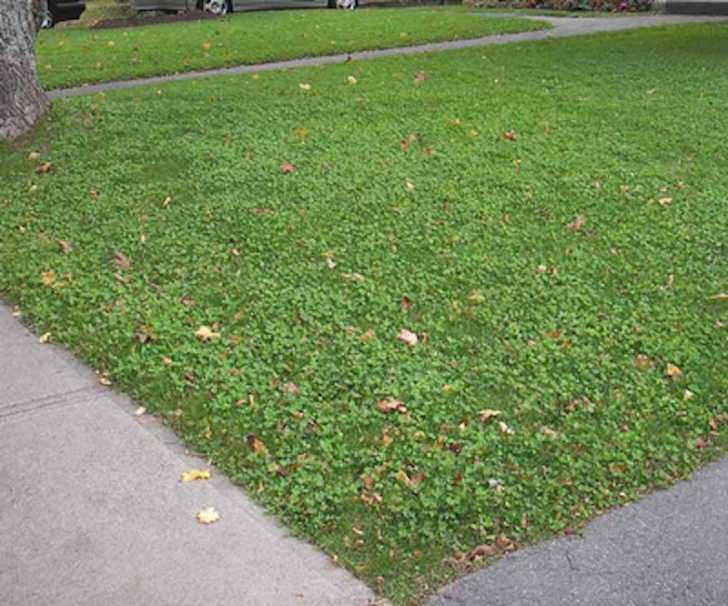
There is no need for drainage. Clover doesn’t need a well-drained area unlike lawns, which prefer aerated soil.
Clover also is great at being a shade dweller, so you don’t have to worry about sunlight exposure. So if planted in an area of your yard that gets very little to no sunlight you can rest easy knowing that it will do just fine.
Clover lawns are also great for pets. Unlike grass, clover won’t react to your dog’s urine so you don’t have to worry about yellow or brown stains offsetting the green.
If you are thinking about installing a clover lawn instead of a grass one, there are a few things that you should know. White clover doesn’t require much help getting started, but it’s still a good idea to familiarize yourself with some planting guidelines.
When seeding your lawn, you can purchase over-lawn clover seeds at most of the home improvement stores that you’d frequent. Typically, a 2 lbs bag will generally cover around 500 square feet. Your blending should be designed to work with your pre-existing lawn needs.
When creating your new clover lawn, you’ll find you will have better-growing results if you plant the clover seeds before the ground begins to frost over. Also, lightly rake the soil in order to create a somewhat even surface before planting. You can mix the clover seeds with soil inside a wheelbarrow then distribute evenly. There is a recommendation that you have around 4 clover seeds for every square inch of soil. Once you’ve lightly covered the seed with some soil you can lightly water.
What do you guys think? Would you ever plant a clover lawn? Let us know!

